Step on board for an exploration, a plunge into the sphere of cinematic artistry where the magic of films meets visual storytelling. This selection offers a breathtaking collection of films that exemplify the very essence of cinematic craftsmanship. Transcending superficial entertainment and shallow Hollywood BlockBuster vibes, A more visceral and profound cinematic experience.
Loving Vincent (2017)
The film taps into Van Gogh’s life and controversial death, with each frame capturing his unique flair. This dazzling fusion of fine art and cinematography pays solid tribute to Van Gogh’s works while simultaneously pushing the boundaries of conventional film production. The laborious attempt to recreate Van Gogh’s brushstrokes and bold color palette in motion has become “Loving Vincent” a prominent topic of conversation amongst artists, film makers, and art enthusiasts, Thus, illustrating its innovation and artistic dedication. The Film’s distinguished visual account has contributed to a greater acknowledgment and awareness of Van Gogh’s work and legacy, rising as a landmark of artistic cinema.
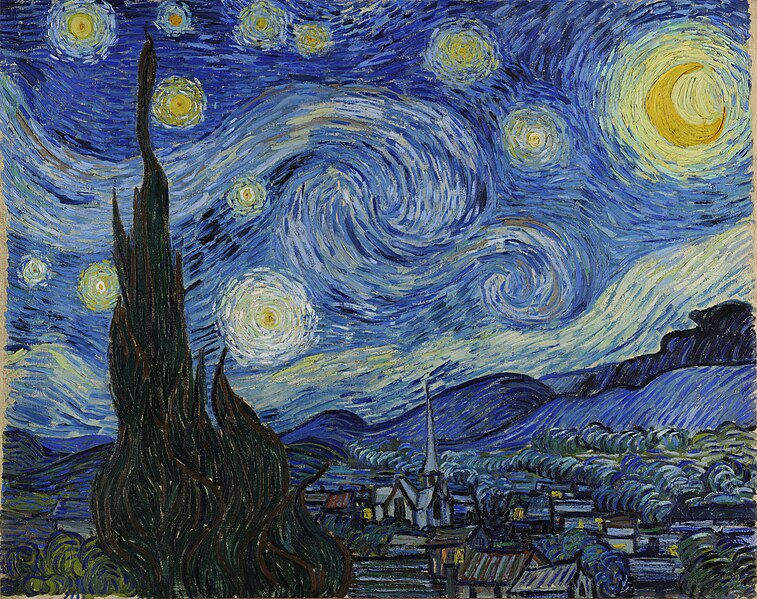
Frida (2002)
Directed by Julie Taymor. This movie Brilliantly blends Frida Kahlo’s works into a dazzling cinematic production, Hence, merging iconic paintings with live-action scenes to create a surreal, dream-like effect, mirroring Frida’s artistic sensibilities. The movie narrates the life of one of the twentieth century’s most significant painters, demonstrating her long-lasting effect on the world of art. Furthermore, the artistic community around the globe praised the film for its accurate representation of Kahlo’s art and spirit, influencing how artists and their biography are portrayed in films.
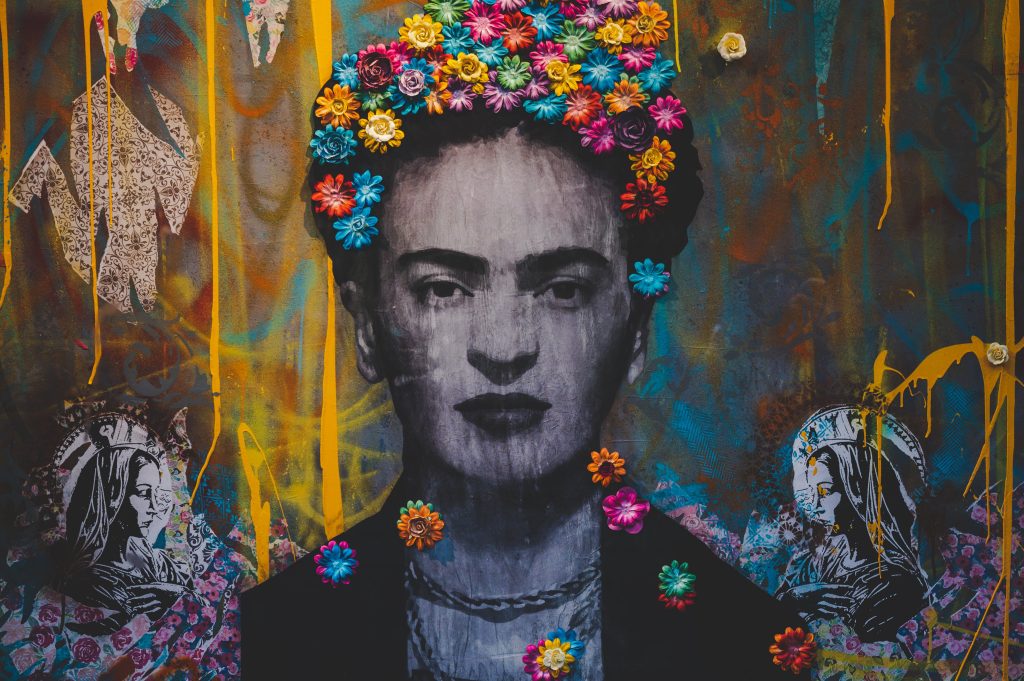
Big Eyes (2014)
Directed by Tim Burton and released in 2014. This work of cinematic artistry is a representation of Margaret Keane’s art, marked by its exaggerated and expressive style. This Cinematic piece deals with issues such as artistic ownership and identity, sparking a debate in the artistic community in regards to gender dynamics in the art sphere. Furthermore, “Big Eyes” has been lauded for drawing attention to Margaret Keane’s life and art. Thus contributing to a broader understanding and acknowledgment of her work in the context of modern art history.
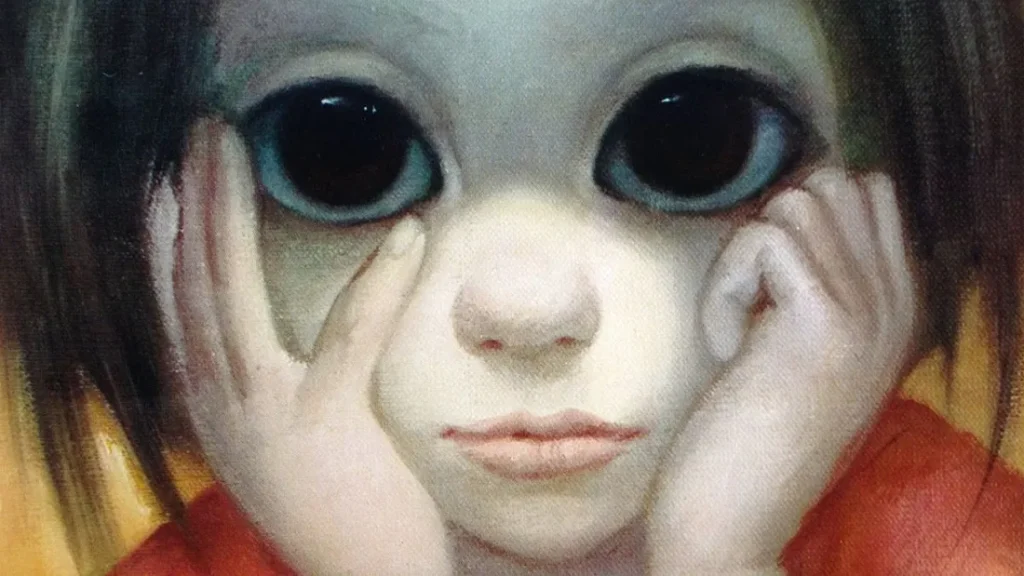
Séraphine (2008)
Directed by Martin Provost. This masterpiece portrays the life of Séraphine Louis, a self-thought French painter, depicting her transformation from a middle-aged maid to a recognized artist, emphasizing her strong bound with nature and religious inspiration. In addition, her innovative use of materials in her paintings, such as mud and blood, to produce strong and deep shades adds a distinct element to the tale. The Film also explores her relation with art critic Wilhelm Uhde, who recognized her brilliance and supported her creative career. Despite mental health issues and cultural restrictions, Séraphine’s art gained global recognition and respect after she passed away.
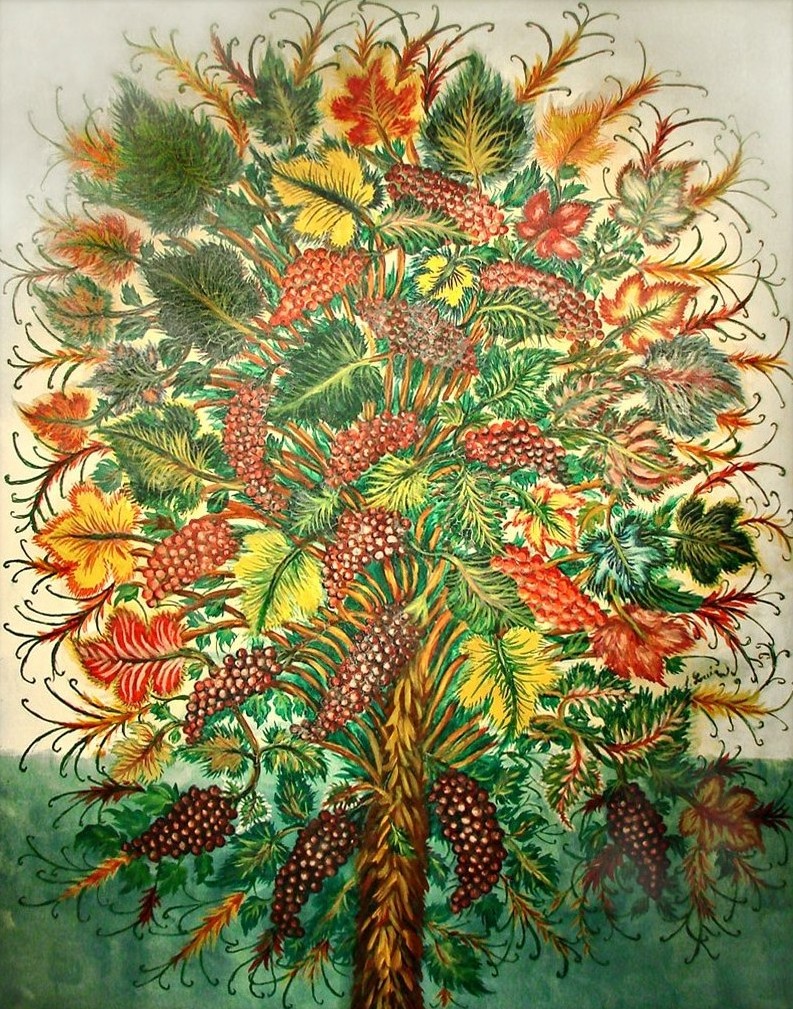
Girl With a Pearl Earring
Directed by Peter Webber and released in 2003. The film is based on Tracy Chevalier‘s novel of the same name. Scarlett Johansson plays Griet, a young 17th-century servant in the household of Dutch painter Johannes Vermeer (Colin Firth). The plot focuses on the time when Vermeer painted “Girl with a pearl Earring” in Delft, Holland.
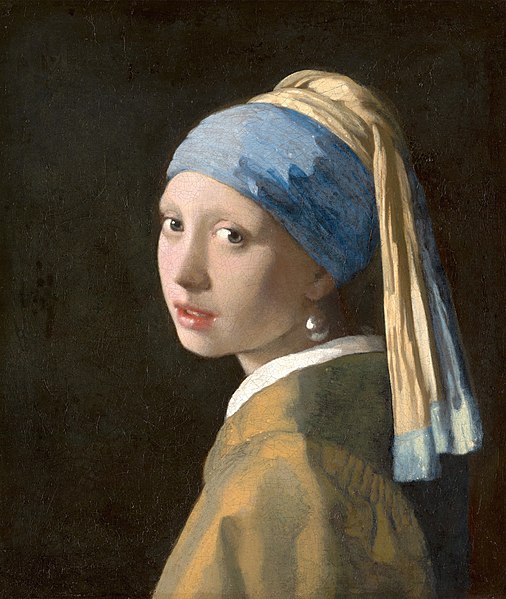
Basquiat (1996)
Julian Schnabel an artist him self, made his directorial debut with this 1996 biographical drama film. This cinematic artistry is remarkable for being the first movie on an American painter by another artist, Whereby, it gives a lightly fictionalized narrative of Lean-Michel Basquiat’s life a Brooklyn-born postmodernist/neo-expressionist artist. Basquiat’s path from a struggling artist living in a cardboard box to ascending the rungs of the New York art scene in the 1950s







